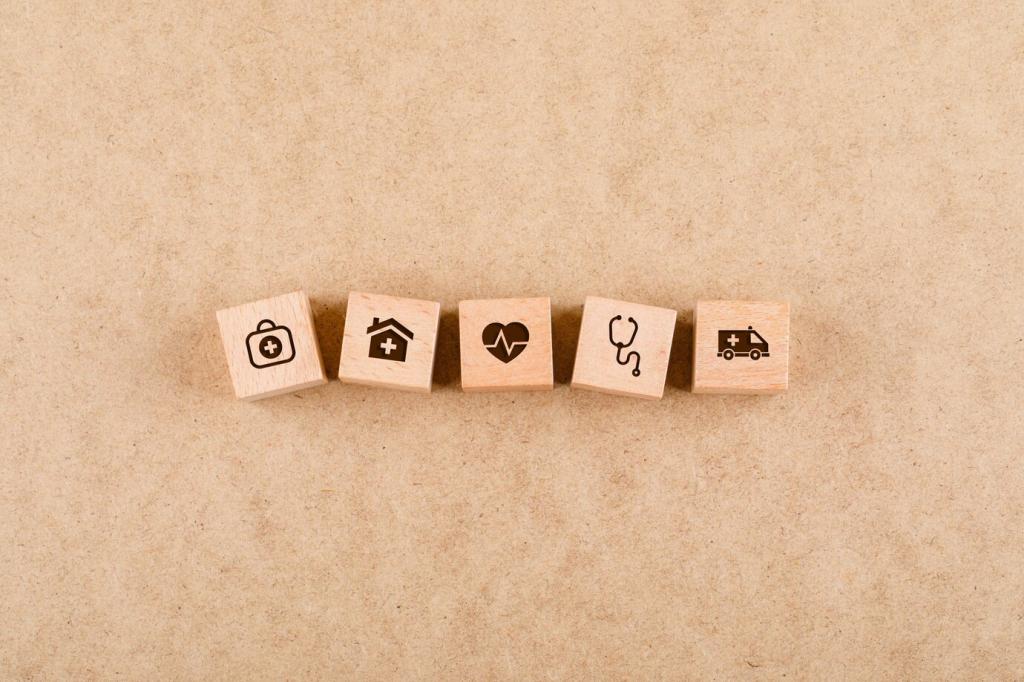Room-by-Room Vinegar Cleaning Playbook
Dust first, then mist a cloth with diluted vinegar to lift smudges from sealed wood, glass doors, and media fronts. Tackle remote-control grime and cup-ring shadows with gentle, circular passes. Finish with a dry buff to restore luster. Tell us which surfaces in your living room challenge you most.
Room-by-Room Vinegar Cleaning Playbook
Wipe chair backs where hands often leave oils, and address table surfaces after meals to prevent buildup. For sticky patches, let the diluted solution sit on a cloth for a few seconds before wiping. Keep moisture minimal near seams. Share your go-to ratio for post-dinner quick cleans with our readers.






